Seed starting is a fairly simple process, but it’s important to do it properly to ensure even, consistently high germination rates. Most seeds should have a germination rate of 80 to 95 percent when you purchase them, but it’s up to you to provide the conditions necessary to achieve this.
When you’re ready to sow, fill each flat or pot up to the top with germination mix or screened potting soil. Use the bottom of a similar-size container to gently tamp down the soil in your pot, creating a level seeding surface 1/2 to 1 inch below the rim of the container. If the soil mix is dry, moisten it thoroughly before sowing.
2. Sow the seeds directly on top of the prepared seed surface and dust over the seed with germination mix until achieving the desired depth. Seeds require different sowing depths. Every seed packet should indicate how deeply to sow the seed in the soil, but usually smaller seeds are planted more shallowly than larger seeds, and as a general rule, seeds should be planted twice as deep as their diameter.
3. Sow more than one seed per cell or pot. In a small nursery setting, space is at a premium and you don’t want to dedicate heated propagation space to empty containers. Sow heavily enough to ensure a viable plant in each container, and then thin to the healthiest plant once they emerge. For most crops two to three seeds per container should be adequate; sowing any heavier than this can make thinning difficult and stressful for the little sprouts.
4. Seeds need good contact with the soil to absorb moisture during germination. Simply watering in the seeds after planting will provide adequate seed-to-soil contact. Keep newly sown flats consistently moist during the entire germinating process. If a seed dries out for even a few hours, young sprouts may desiccate and die. We recommend checking on your transplants daily, if possible.
5. Once the plants have germinated and are large enough to distinguish, cull all but one plant in each cell. Culling can be done by uprooting extra plants or simply by snipping them off with scissors. The appropriate technique may be dictated by the crop and its size at culling time. If in doubt, pinch or snip off the extra plants to prevent disturbing the young root system of your keeper plant.
This article and the accompanying images are from our 2nd book, Grow More Food, and is just part of an entire chapter dedicated to starting your own transplants at home.
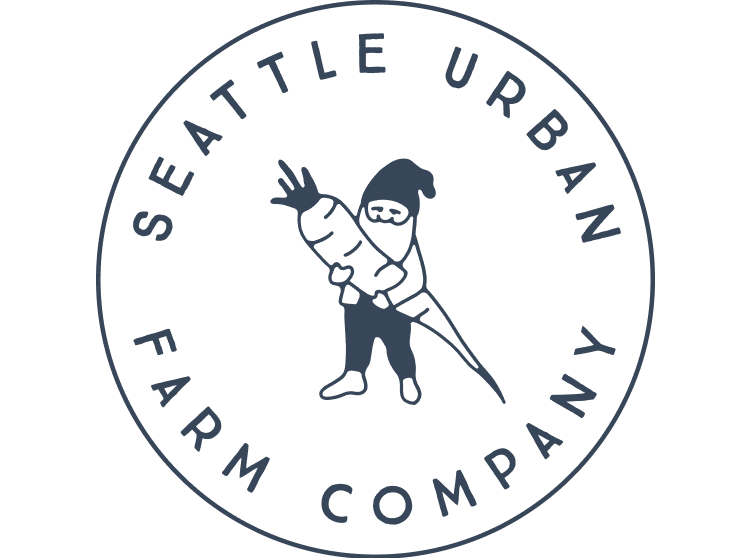
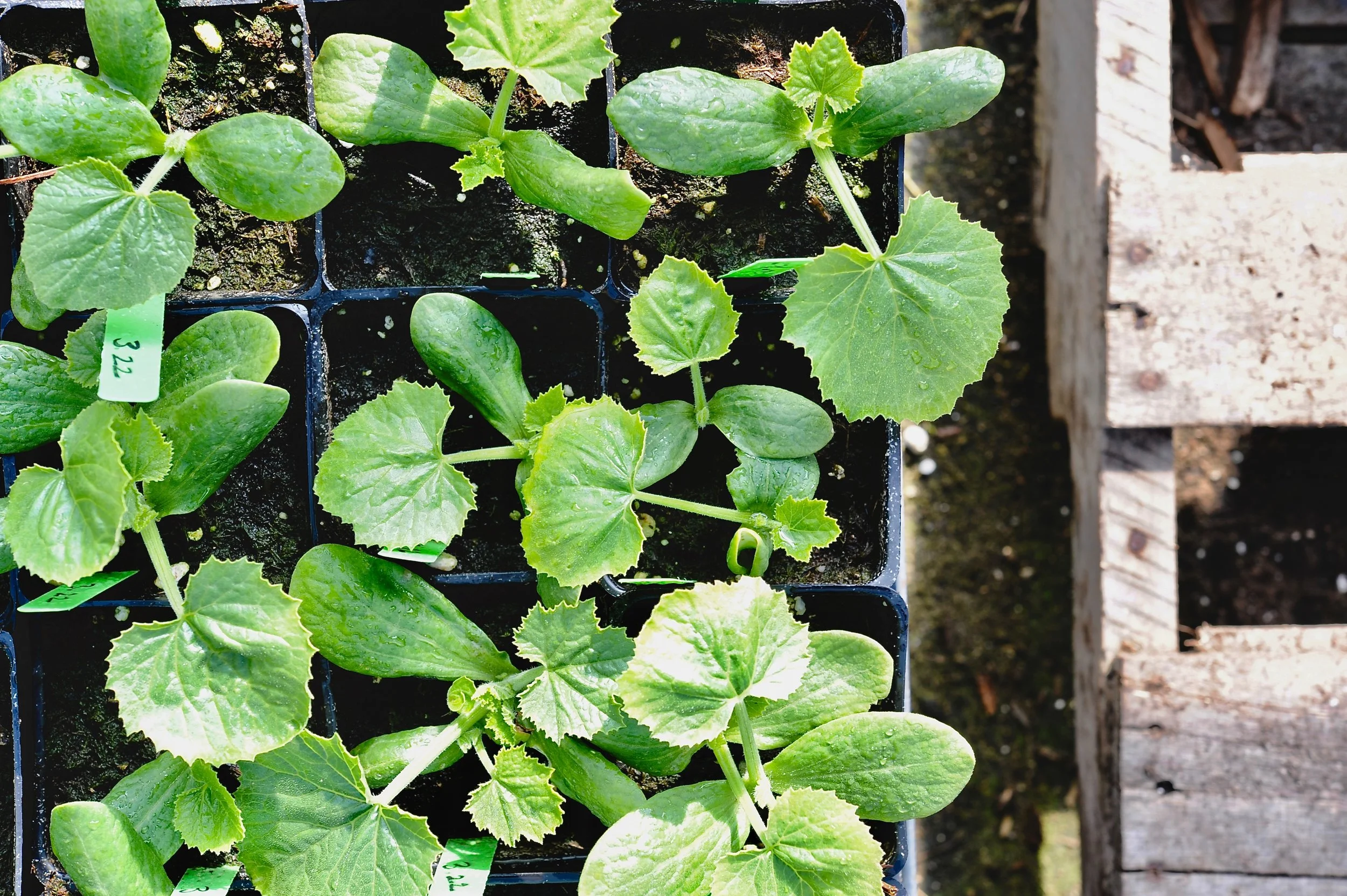

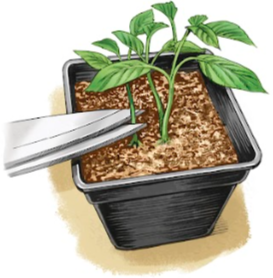
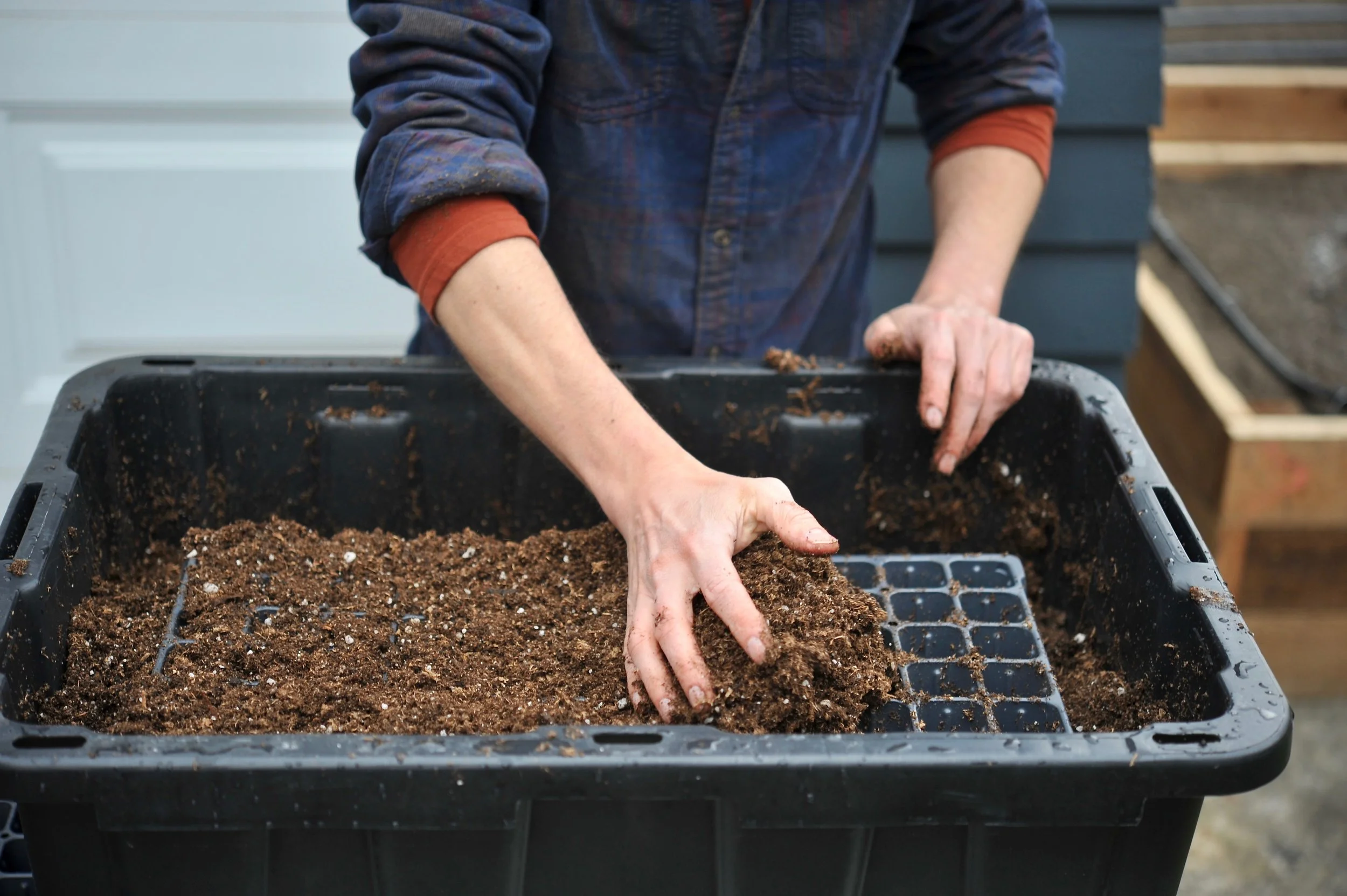
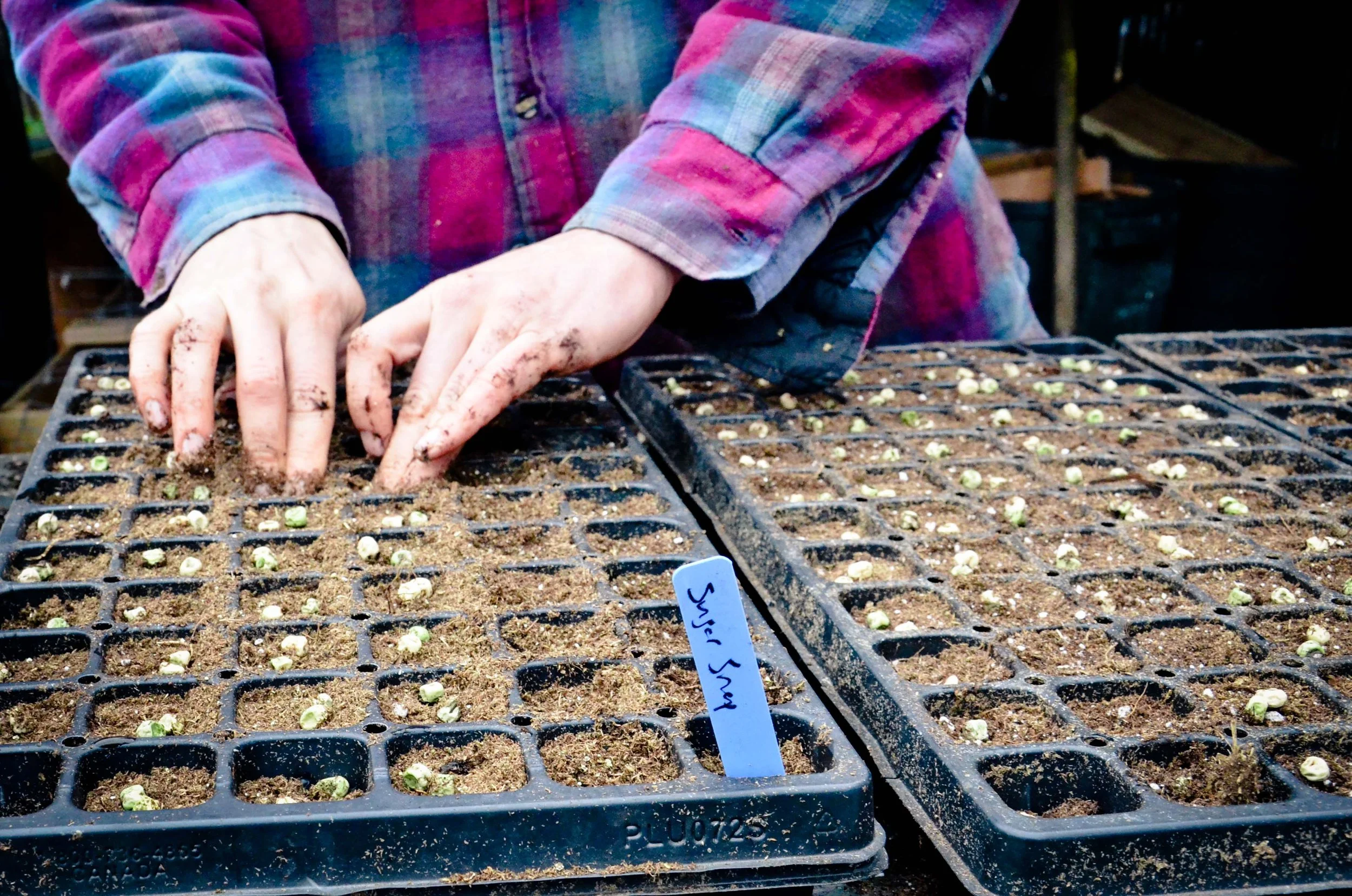


Seed starting is a fairly simple process, but it’s important to do it properly to ensure even, consistently high germination rates and the healthiest transplants.